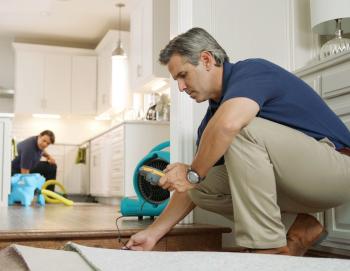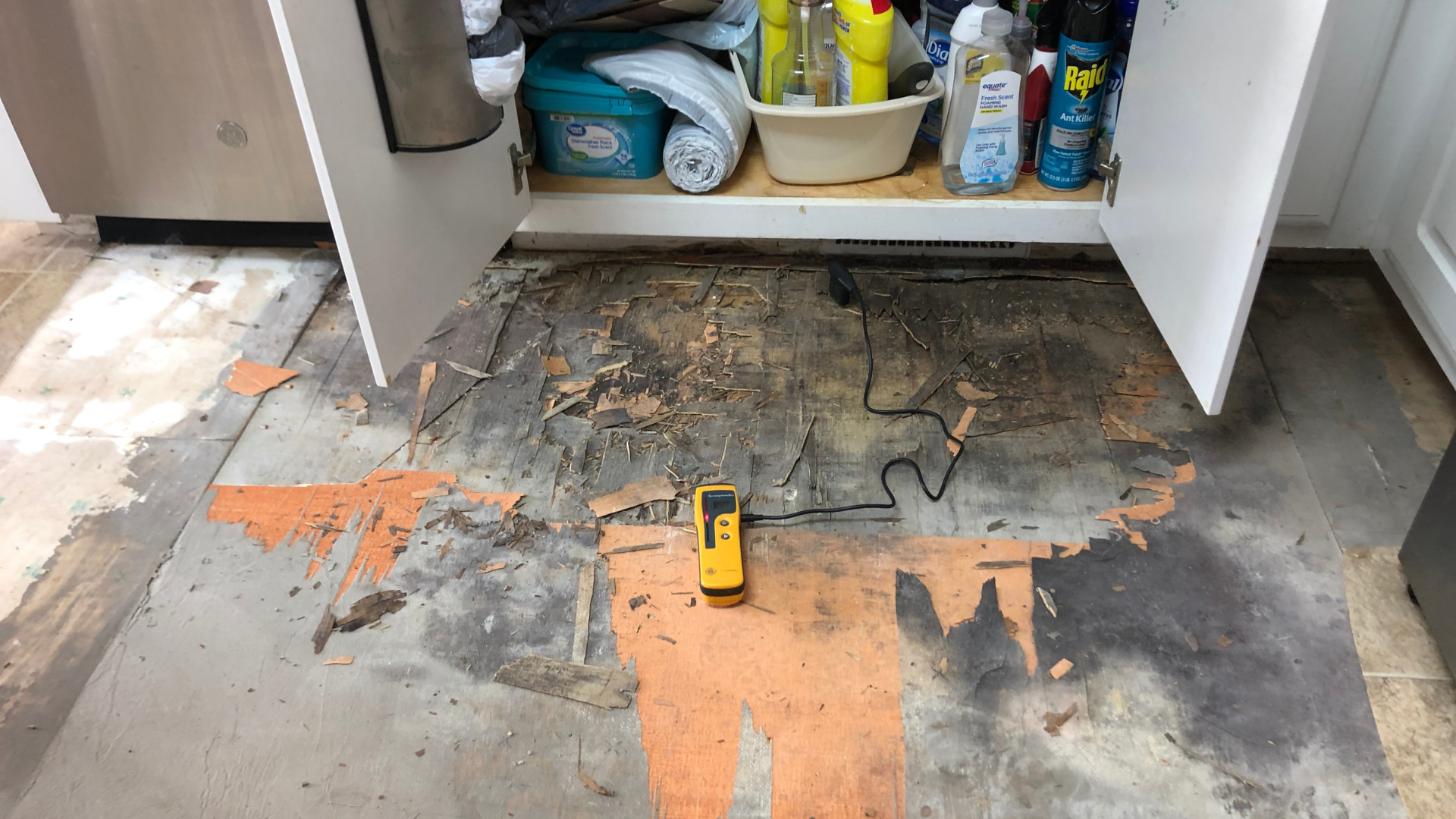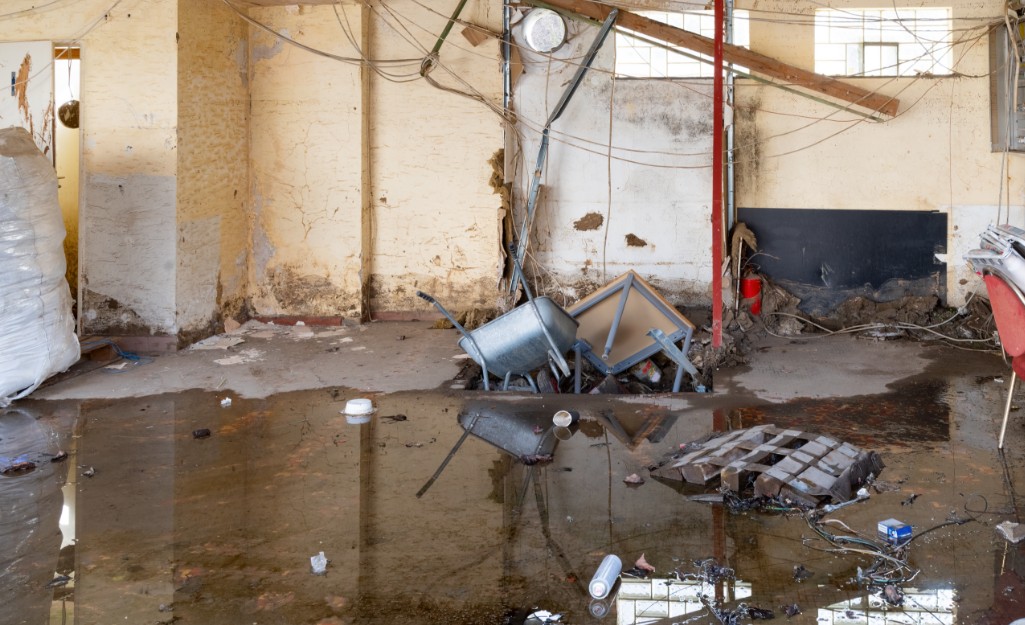Expert-recommended strategies for stress-free Water Damage Restoration
Water Damage Restoration 101: Comprehending the Process and Price
Water damage can strike unexpectedly, leaving homeowners in a state of complication. Understanding the reconstruction procedure is vital for effective recuperation. From examining the damage to selecting the right provider, each step affects the overall result and price. Aspects such as the sort of water damage and seriousness also play a considerable role. What are the particular techniques made use of in reconstruction, and exactly how can one get ready for potential expenditures?
Kinds of Water Damage

Initial Analysis and Examination

Water Removal Methods
Following the initial assessment, efficient water removal strategies are employed to minimize damage and protect against more concerns. These techniques entail using specialized tools such as submersible pumps and industrial-grade vacuums - Water Damage Restoration. The selection of approach relies on the volume of water present and the type of materials influenced. For standing water, submersible pumps are commonly used for quick removal, while vacuums are excellent for extracting water from rugs and furniture. Furthermore, advanced approaches like water extraction mats might be used for hard-to-reach areas - Water Damage Restoration. The goal is to remove as much water as possible, lessening the capacity for mold development and structural damage. Prompt and effective water extraction is important in the total water damage repair process
Drying Out and Dehumidification Process
Once the water extraction is full, the drying and dehumidification procedure ends up being crucial to recovering the damaged area. This stage usually uses industrial-grade dehumidifiers and air movers to efficiently minimize moisture levels. The dehumidifiers attract wet air, getting rid of excess moisture, while air movers flow air to increase evaporation. Surveillance tools is typically utilized to track moisture and temperature degrees, making certain excellent drying out problems. The duration of this procedure can differ depending upon the extent of the water damage and environmental variables. It is essential to thoroughly completely dry all affected materials, including walls, flooring, and furnishings, to stop mold growth and structural damage. Correct execution of this action is critical for an effective repair outcome.
Cleaning and Sanitizing Damaged Locations
When the drying procedure is full, a complete first analysis and inspection of influenced locations is important to determine contamination degrees. Reliable cleaning strategies and appropriate products must then be employed to eliminate debris and discolorations. Sanitization and sanitation approaches are vital to assure that unsafe pathogens are eliminated, recovering the room to a risk-free condition.
First Analysis and Examination
Prior to beginning any repair efforts, a detailed first assessment and inspection of the influenced areas are crucial for efficient cleaning and disinfecting. This process entails recognizing the extent of water damage, identifying the source of the water breach, and reviewing the products influenced. Examiners usually seek signs of mold and mildew growth, architectural honesty issues, and damaged personal belongings. The evaluation additionally includes inspecting wetness degrees utilizing specific devices to guarantee no hidden water pockets continue to be, as these can result in further difficulties. Recording the findings is vital for planning the next steps in the repair procedure. A comprehensive preliminary evaluation makes it possible for reconstruction professionals to devise a targeted approach for efficient cleansing and sterilizing, ultimately minimizing damage and health threats.
Cleansing Methods and Products
Efficient cleansing and sanitizing of water-damaged locations require a range of items and methods tailored to the certain materials impacted. For porous surface areas like drywall and carpets, extraction methods are necessary to get rid of excess moisture, complied with by deep cleaning with specialized cleaning agents. Non-porous materials such as floor tile or metal can be cleansed making use of commercial-grade cleaners that efficiently eliminate contaminants. Vapor cleaning is an additional effective technique, especially for carpetings and furniture, as it makes use of heats to eliminate microorganisms and mold (Flood Cleanup Services). Furthermore, eco-friendly products are significantly preferred for their safety and security and efficiency - Water Damage Restoration. Eventually, selecting the suitable cleansing techniques and products not just ensures prompt cleanliness but likewise aids in avoiding further damage and health and wellness risks related to water intrusion
Sanitization and Disinfection Methods
When attending to water damage, appropriate sanitization and sanitation methods are necessary to guarantee the security and wellness of the damaged atmosphere. After preliminary cleansing, surface areas need to be treated with suitable anti-bacterials to get rid of virus, mold and mildew, and microorganisms that flourish in wet problems. Usual methods consist of using EPA-approved chemical disinfectants, which can be applied via splashing or wiping strategies. Additionally, ultraviolet (UV) light systems can effectively sterilize areas by counteracting microbes without severe chemicals. The choice of method usually depends on the read the article sort of materials impacted and the extent of contamination. Ultimately, complete sanitization not only restores a secure home but also aids stop future health and wellness threats connected with remaining wetness and mold and mildew growth.

Repair Services and Restoration Options
Reviewing the damage brought on by water direct exposure is vital for identifying the suitable fixings and remediation options. Homeowners may encounter numerous problems, consisting of damaged drywall, warped floor covering, and endangered structural elements. Relying on the extent of the damage, fixings might entail changing sections of drywall, setting up new floor covering, or reinforcing architectural beams. In cases of extreme damage, complete substitute of afflicted materials may be essential. In addition, professional restorers often recommend using moisture meters to evaluate concealed dampness levels before deciding on the best strategy. It is very important to act without delay to protect against mold and mildew development and additional deterioration. Picking the ideal choices not only recovers the residential property but additionally ensures lasting security and capability.
Elements Affecting Restoration Expenses

The extent of water damage straight influences the reconstruction sets you back homeowners can anticipate to sustain. Elements such as the resource of the water, the duration of direct exposure, and the damaged materials substantially affect rates. Clean water damage from a busted pipeline is generally much less expensive to restore compared to damage created by sewer. Additionally, the degree of contamination determines the need for specialized cleansing and disposal solutions, even more boosting expenditures. Geographic place additionally contributes, as regional labor prices and availability of restoration services can vary. The urgency of the action affects prices; quicker interventions usually lead to lower overall expenses by preventing further damage. Understanding these aspects is important for home owners when estimating repair expenses.
The three main kinds of water damage are classified based on contamination levels: tidy water, gray water, and black water. A detailed initial evaluation and assessment are vital actions in the water damage remediation process. For standing water, completely submersible pumps are typically utilized for quick elimination, while vacuums are suitable for removing water from carpets and upholstery. The degree of water damage directly influences the repair sets you back property owners can anticipate to incur. Tidy water damage from a damaged pipe is normally much less pricey to restore contrasted to damage caused by sewage.